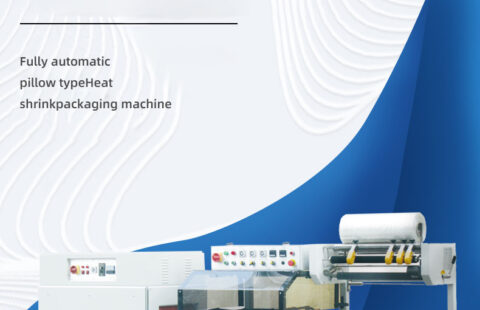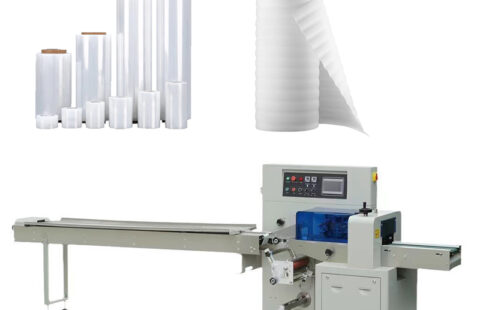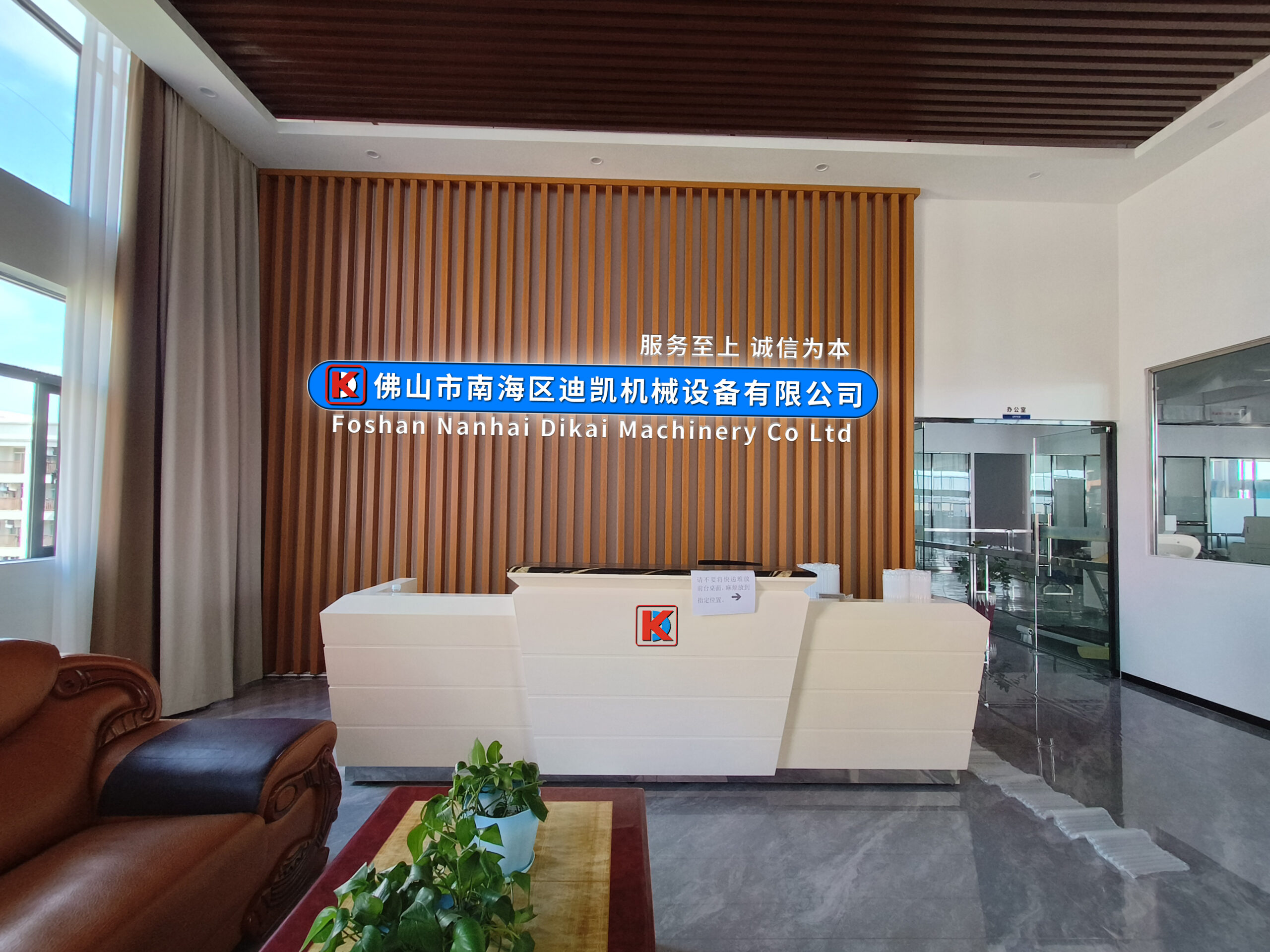
The Intelligent Packaging Revolution: The Evolution of “Second Skin” in the Fruit Industry
In a Chilean cherry packaging facility, robotic arms precisely grasp fruits at a rate of three times per second. High-precision sensors scan fruit diameter, sugar content, and blemishes in real time, while machine vision systems automatically grade each fruit based on preset models. These intelligently sorted cherries will appear on shelves at upscale Shanghai supermarkets within 48 hours, with each fruit’s sugar-acid ratio traceable via QR codes. This silent packaging revolution is redefining global quality standards and value chains in the fruit industry.




